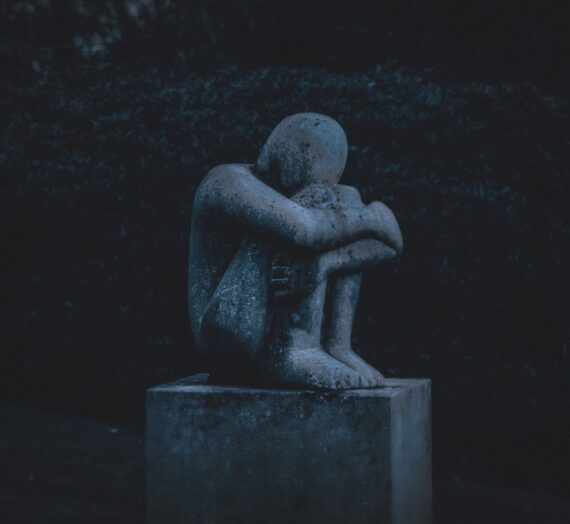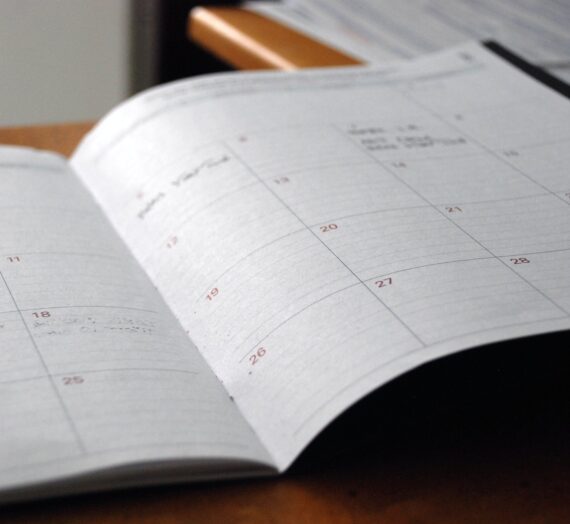May is Mental Health Awareness Month.
Did you know that 1 in 5 U.S. adults experience mental illness each year and that 1 in 6 U.S. youth aged 6-17 experience a mental health disorder each year?
Although my blog is about conscious and intentional living, I also try to talk about mental and emotional wellness.
Why?
Well, it’s personal.
Think back to puberty and middle school and how excruciating that time of life is. Now throw anxiety and depression into the mix. That was my experience, and it was awful.
My freshman year of high school wasn’t any better. To most people, I probably appeared to be well adjusted. I got good grades, participated in extracurricular activities, and had a strong group of friends. But the truth is that I was floundering. Every day was a struggle to get up and go through the motions and put on a brave face. I was miserable.
By the time I was 16, both my parents and I realized that what was going on with me wasn’t just puberty and hormones. It had gone on way too long. It was something bigger than that. So I found myself in a psychiatrist’s office for the first time. In one session, she was able to diagnose me with clinical anxiety and depression and prescribe antidepressant and antianxiety medications. They changed my life.
There have been lots of ups and downs, and medication isn’t a miracle fix, nor is it the right fit for everyone. I have changed medications more times than I can remember and gone to counseling at different times in my life. I have found that exercise, healthy eating, adequate sleep, and other lifestyle factors can make a huge impact on my mood. But you know what? I still have some really dark days, weeks, and even months sometimes. That’s part of the journey, and I am continually working on healthy coping mechanisms and habits to lean on when times do get tough.
When I was first diagnosed as having clinical anxiety and depression, I didn’t want to tell anyone. Not only was I young and insecure, but there also used to be much more of a stigma around mental illness. I began to realize over time that the only way to lessen the stigma is to talk about it. Mental health issues are incredibly common, and I am encouraged that more and more people are telling their stories and getting the word out. I realize that the stigma isn’t gone, and certain types of mental illness carry more stigma than others, but overall it is improving.
If you are struggling, reach out for help. Mental illness is just that: an illness. You did nothing to cause it and have no reason to be ashamed. Although you may feel as though your circumstances are unique, take courage in the fact that you are not alone and that there are people who understand and are ready and willing to help.
If you aren’t sure where to start, Psychology Today is a great resource. They have a feature that allows you to search for therapists, psychiatrists, support groups, and treatment centers by zip code. The search feature even allows you to view what a practitioner’s key areas of focus are, what insurance companies they accept, and what treatment approaches they use.
You don’t have to keep suffering on your own. Reach out. Connect. Start your journey toward healing today.
Photo by Yuris Alhumaydy on Unsplash




